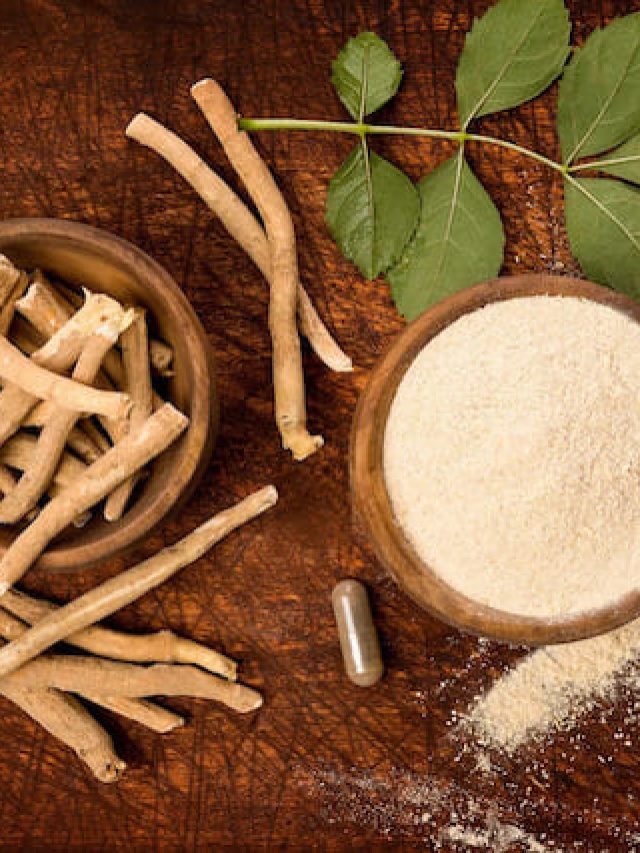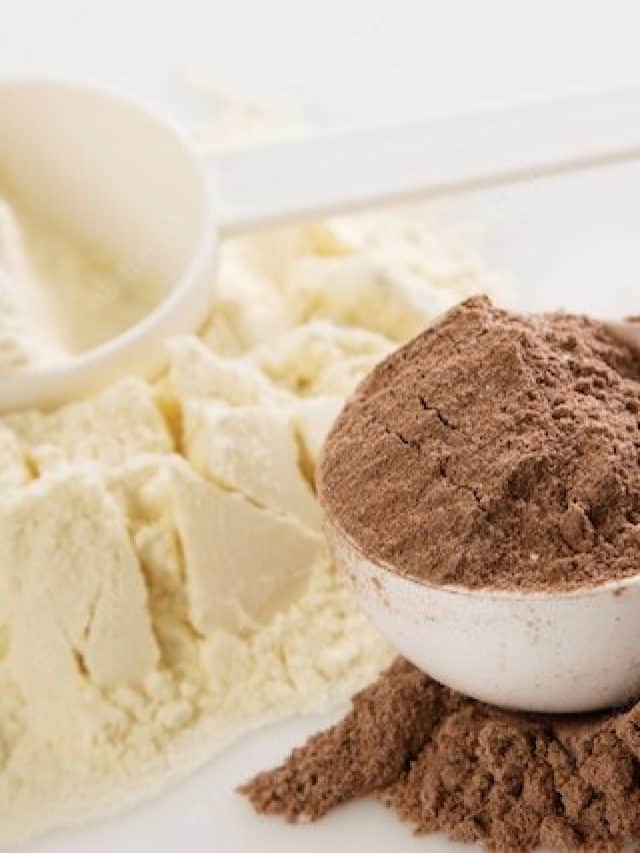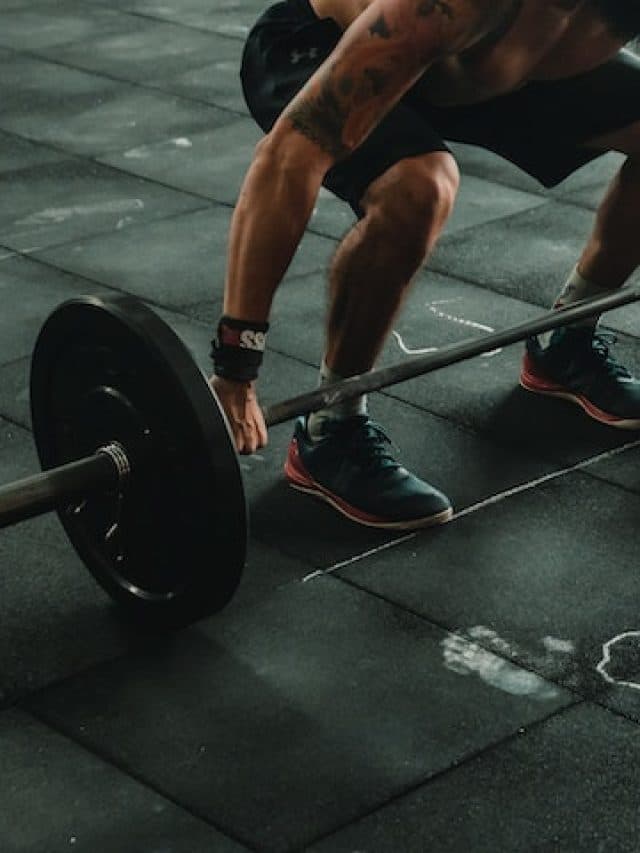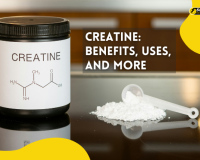Have you ever pushed yourself through a gruelling workout only to feel completely exhausted and sore the next day? We’ve all been there, and it can be discouraging when you feel like your hard work isn’t paying off. But did you know that the period after your workout is just as important as the workout itself? Recovery is key to achieving your fitness goals, preventing injury, and improving your overall performance. By taking the time to recover properly, you can speed up the process of muscle repair and come back stronger and better prepared for your next workout.
In this post, we’ll share 10 tips for speeding up your recovery after a heavy workout. From hydration to nutrition to stretching, these tips will help you recover faster, reduce soreness and inflammation, and improve your overall performance. Whether you’re a seasoned athlete or just starting, these tips are for you.
1. Hydration
Proper hydration is essential for optimal muscle recovery. When you exercise, your body sweats to regulate your body temperature, and this can cause you to lose fluids and important electrolytes. Dehydration can lead to muscle cramps, fatigue, and poor performance. To ensure proper hydration, here are some tips to follow:
Drink water before, during, and after your workout: It’s essential to drink water before, during, and after your workout to replace the fluids you lose through sweat. The American Council on Exercise recommends drinking 17 to 20 ounces of water 2 to 3 hours before exercising, and 7 to 10 ounces every 10 to 20 minutes during exercise.
Consider electrolyte drinks: Electrolytes are minerals in your body that help regulate your fluid balance and muscle function. If you’re exercising for more than an hour, you may need to replenish your electrolytes with sports drinks or other electrolyte supplements.
Eat hydrating foods: In addition to drinking water, you can also eat foods that are high in water content, such as fruits and vegetables. Watermelon, cucumbers, oranges, and strawberries are excellent options.
2. Rest
Rest is just as important as exercise when it comes to muscle recovery. During your workout, you cause microscopic damage to your muscle fibres, and rest allows your muscles to repair and rebuild. Rest days are crucial for preventing injury and allowing your muscles to recover. Plan your workout routine so that you have at least one or two rest days per week.
Sleep is essential for muscle recovery. Aim to get at least 7 to 8 hours of sleep each night, and try to establish a regular sleep schedule.
Pay attention to how your body feels and adjust your workout routine accordingly. If you’re feeling fatigued or sore, it may be a sign that you need more rest.
10 Best Simple Fat-Burning Exercises For Women
3. Stretching and foam rolling
Stretching and foam rolling are excellent ways to promote muscle recovery and reduce muscle soreness. Here are some tips for incorporating stretching and foam rolling into your recovery routine:
Stretch after your workout: Stretching after your workout can help reduce muscle tension and soreness. Focus on stretching the muscles you worked during your workout, holding each stretch for 15 to 30 seconds.
Use a foam roller: Foam rolling is a form of self-myofascial release that can help improve blood flow and reduce muscle tension. Roll slowly over the areas that feel tight or sore, spending at least 30 seconds on each area.
Try dynamic stretching: Dynamic stretching involves moving your body through a range of motion to help prepare your muscles for exercise. This type of stretching can also be used during your warm-up to help prevent injury.
Don’t overdo it: While stretching and foam rolling can be beneficial, it’s important not to overdo it. Too much stretching or foam rolling can actually cause more harm than good.
4. Nutrition
Proper nutrition is essential for muscle recovery. What you eat after your workout can play a significant role in how quickly your muscles recover. Here are some tips for post-workout nutrition:
Protein is essential for muscle repair and growth. Aim to consume a protein-rich snack or meal within 30 minutes of finishing your workout. Supplements like whey protein can help coverup your daily requirements.
Include carbohydrates: Carbohydrates are necessary to replenish the glycogen stores in your muscles that are depleted during exercise. Aim to consume a mix of protein and carbohydrates after your workout.
Choose nutrient-dense foods: Nutrient-dense foods, such as fruits, vegetables, and whole grains, can provide your body with the vitamins and minerals it needs for optimal recovery.
5. Active recovery
Active recovery is a low-intensity exercise that can help promote blood flow and reduce muscle soreness. Engaging in low-impact activities like yoga, stretching, or walking can help promote blood flow and reduce muscle soreness without putting additional stress on your muscles. Plan to have at least one or two active recovery days each week to help your muscles recover.
Remember that active recovery should be low-intensity and shouldn’t cause additional muscle fatigue. Avoid overexerting yourself and give your body time to rest.
6. Ice therapy
Ice therapy, also known as cold therapy, can help reduce inflammation and muscle soreness. Here are some tips for using ice therapy as a recovery tool:
Apply ice to sore muscles: After your workout, apply ice to any sore or inflamed muscles for 10 to 20 minutes at a time.
Use a cold compress: You can use a cold compress or a bag of ice wrapped in a towel to apply cold therapy to your muscles.
Take an ice bath: If you’re feeling particularly sore, consider taking an ice bath. Fill a bathtub with cold water and ice and soak for 10 to 15 minutes.
Don’t overdo it: Remember that ice therapy should be used in moderation. Too much ice therapy can cause tissue damage and slow down the muscle recovery process.
7. Massage therapy
Massage therapy is a popular recovery tool that can help reduce muscle soreness and promote relaxation. Here are some tips for using massage therapy as a recovery tool:
Schedule a professional massage: Consider scheduling a professional massage with a licensed massage therapist to help reduce muscle soreness and promote relaxation.
Use a foam roller: A foam roller is a tool that can be used to self-massage your muscles. Roll the foam roller along your muscles, focusing on any sore or tender spots.
Try self-massage techniques: You can also use self-massage techniques like trigger point therapy or myofascial release to help reduce muscle soreness.
Don’t overdo it: Remember that massage therapy should be used in moderation. Too much pressure or overuse of massage therapy can cause tissue damage and slow down the muscle recovery process.
In conclusion, a heavy workout can take a toll on your muscles and it is important to prioritize recovery in order to avoid injury and perform at your best. By incorporating these 10 tips into your workout routine – including proper hydration, nutrition, rest, and incorporating active recovery, stretching, foam rolling, ice therapy, and massage therapy – you can help your muscles recover faster and reduce the risk of injury. Remember to listen to your body, avoid overdoing it, and be consistent in your recovery routine. With these tips, you’ll be able to bounce back faster from a heavy workout and achieve your fitness goals with greater ease and comfort.
Shop pre/post workout supplements

















